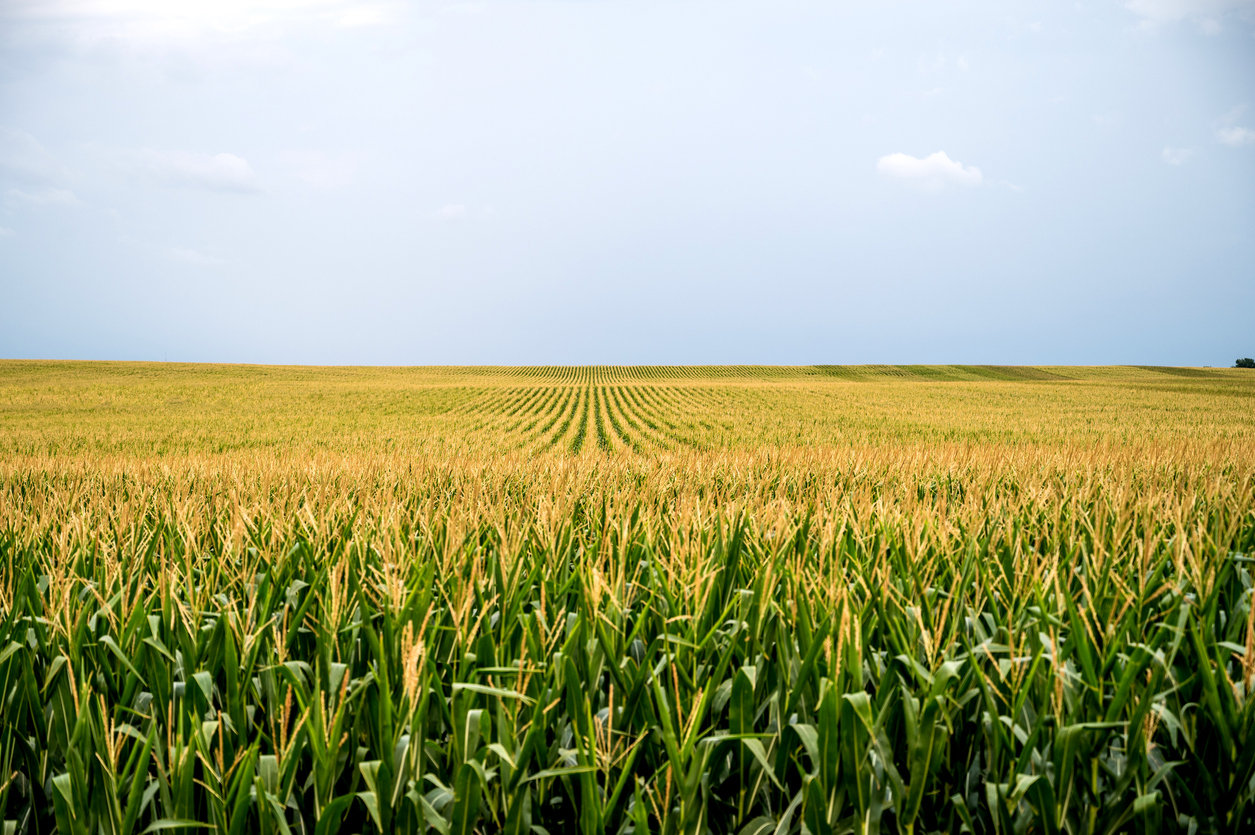Corn Planter Adjustments
Crop and fertilizer prices are soaring but getting a good crop starts at planting. Planters never seem to break down in the machine shed, but after sitting all winter, problems occur quickly. Planting delays can be quite expensive. Planter parts may also be hard to find, so planter adjustments and repairs should be made early.
Tractor and planter tires should be properly inflated before leveling the planter at the hitch. High tractor tires may require a hitch adjustment to keep the planter level. Planters need to be level in all directions. Parallel arms should be level in the planting position to maximize benefits of downward pressure. Check parallel arms with a level all three ways: up and down, across the arms, and perpendicular. Check that planter boxes and fertilizer units are level and the planter frame are correctly set (check owner’s manual). Good population and high yields start with a level planter.
Ideally set the planter frame 20-21 inches off the soil surface at planting. Parallel arms are the cause of many planting problems. The bottom parallel arm on the planter frame should be 20 inches from soil surface and 30 inches at the top. Measurements may vary by planter type, so check your owner’s manual. Check and replace loose or worn bolts and bushings. Check parallel arms on front and back to make sure they are the same distance apart or the planter will bind and not ride evenly across the soil. Parallel arms need to be level when planting starts. Lift planter units up and sideways in several directions to identify wear points.
Check planter opener disc blades and/or row cleaners. Some planters are set up with a disc blade coulter out front, planter opener disc blades, and row cleaners. The front disc should run slightly shallower than the planter opener disc blades and both should be lined up. If hair-pinning with residue, uneven germination, or high corn brace roots is occurring; the row cleaners need to be set deeper. Some new no-till disc blades do not require a front disc coulter or row cleaners. Most disc blades should be replaced when the diameter is less than 14.5 inches and should fit snug with no gaps. Disc openers need to be shimmed correctly with 2-2.5 inches of contact for 3mm blades and 1.5-2 inches contact for 3.5mm blades. Opener disc blades set improperly may create a “W” in the planter slot, causing improper seed placement, and sporadic seed germination.
Setting the down pressure wrong causes many planter problems. Ideally, 100 pounds down pressure or 30 pounds per square inch (PSI) creates the best planting conditions and good crop rooting. Too much down pressure on press wheels will cause sidewall compaction and restrict lateral root development. Planting in a “V” slot (compacted sidewalls) in wet soils with too much down pressure causes poor lateral root growth and lodging.
An open seed slot may be an indication of not enough down pressure on the closing wheels. Too much pressure on the closing wheel may close the seed slot but result in poor seed-to-soil contact with air pockets around the seed. This happens when the closing wheel pushes down on the top but does not shove the sidewall down enough to seal soil around the seed. Make sure the closing wheels are spaced evenly apart and working properly. Poor root development often occurs in open slots when the soil dries out. Seeds should always be firmly in place, completely surrounded by soil with no gaps or air pockets, to maximize even germination.
Check gauge wheels and fertilizer placement at planting. When down pressure is applied correctly, gauge wheels should be firmly in place and not turn on the ground. Gauge wheels should run tightly against disc opener blades. Reduced Inner Diameter (RID) gauge wheels are recommended in no-till fields where higher soil moisture and side wall compaction may occur. The RID gauge wheels collapse the sidewall for improved seed to soil contact. If fertilizer gets too close to the seed, a high fertilizer salt content may reduce root growth. Placing fertilizer “2’ by 2” or 2” by 4” away from the seed is common. For “Pop-up” fertilizer applied directly to the seed, do not apply more than 20 pounds per acre to avoid salt damage.
Also check all chains and grease the planter. Replace worn bolts, chains, bearings, seed tubes with burs and tighten up anything that is loose. Use a seed-firmer to maximize seed-to-soil contact and to achieve uniform seed depth (6-7 bpa advantage). With high crop prices, getting even and consistent corn emergence is critical.
